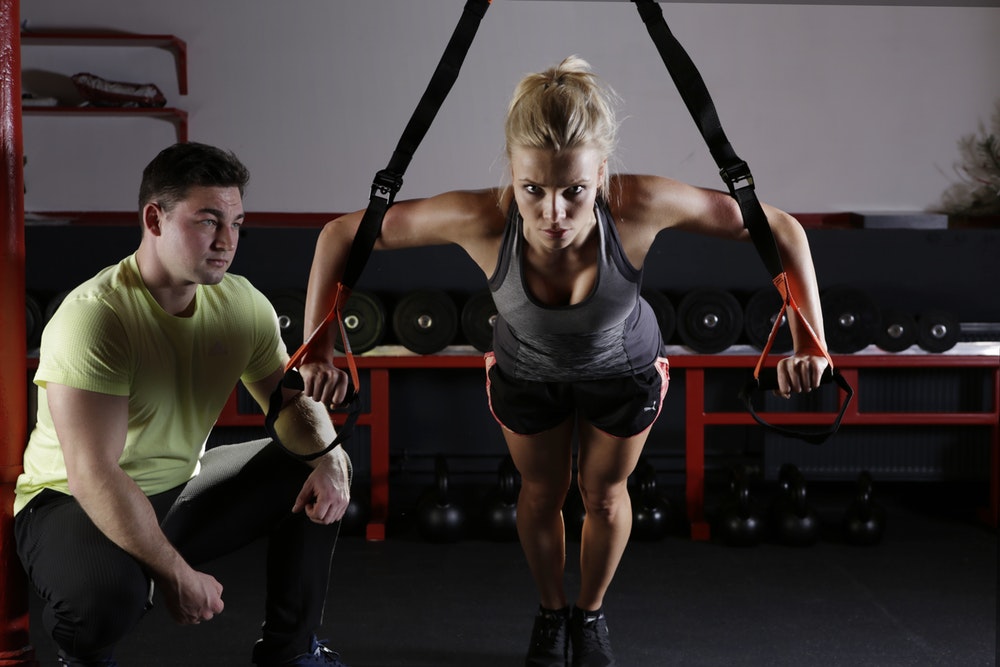Loudoun County, Va. — When people discuss strengthening the body, it’s common to automatically think of heavy weight lifting as the only way to build muscle. I am not disagreeing with the concept that lifting improves strength; strengthening is a key component to focus on when trying to improve an athlete’s performance. However, before any kind of heavy lifting occurs, the athlete must understand the basic movements needed to perform their sport. This is known as biomechanics.
Mechanics of the sport:
- Flexibility
- Technique/Core Work
- Appropriate Strengthening Program
- Adequate Rest
- GAINS
Mechanics refers to the working parts of something. Imagine trying to coach a soccer athlete when you’re only familiar with volleyball. Your knowledge of how the body needs to move to be a successful volleyball player are not going to help you properly train a soccer player simply because the sports’ demands on the body is so different. In order to know how to develop an athlete to play a particular sport, you need to understand how each part of the body handles those sports-specific movements and how to improve them when they aren’t working optimally.
Once the biomechanics are understood, it’s time to start loosening the muscles to ensure that they can complete the full range of motion needed to participate. Improving range of motions is what most athletes under the age of twelve should be focusing on as their bodies are not ready for the demands of heavy weight lifting.
Once the foundational movements for a particular sport are clear, it’s critical to perfect the technique an athlete uses for of body weight and light resistance strength training.
The basis of any strengthening program is always going to begin with the core. Why? Because your core is what holds your body together. When the abdominal muscles are strengthened appropriately, the body can move easily without needing to compensate with unnatural movements. When compensatory actions occur, that’s where injuries happen.
When an athlete demonstrates weakened abdominals, they tend to have an anterior pelvic tilt. This means they have tight hip flexors and weak glutes and hamstrings. This mean they are generating much less power from their lower body when they compete.
Designing a strengthening program is where most coaches, parents and athletes forget about key components which will help build an overall stronger athlete, and not just a stronger baseball player or swimmer.
Let’s look at a basketball player. Most strengthening programs for basketball players are built around increasing upper body strength (mainly shoulders, chest and biceps). There is little focus on the lower body or cardio. But all of these are necessary. A basketball player needs ankle stability and strength. They need strong and stable hips, a strong core so they can rotate through various cutting movements. Basketball players also need a strong and mobile back. If a basketball star only has a strong upper body, yes, maybe they can make a shot from anywhere on the court, but if their ankles are weak, they won’t be able to make those quick steps and cuts needed to get open for that shot.
So how often do athletes need to strength train? In most cases, strength training should be done 2-3 times a week with adequate rest, 24-48 hours, in between. During those 24-48 hours, the athlete can train a different part of the body, do cardio exercises or rest.
The primary goal of strength training is to improve the athlete’s ability to perform simulated sport-specific skills. This will help them perform all these actions with increased speed, endurance, power and improved mechanics. Strength training is vital for increased success in sports. But remember, it’s important to understand the basics first.
Note from our sponsor: At Loudoun Sports Therapy Center, we want to work with coaches, parents and athletes themselves and help them get ahead of the injuries so they’re not losing playing time, having to rework line-ups because of injuries and keep athletes healthy all season long.








